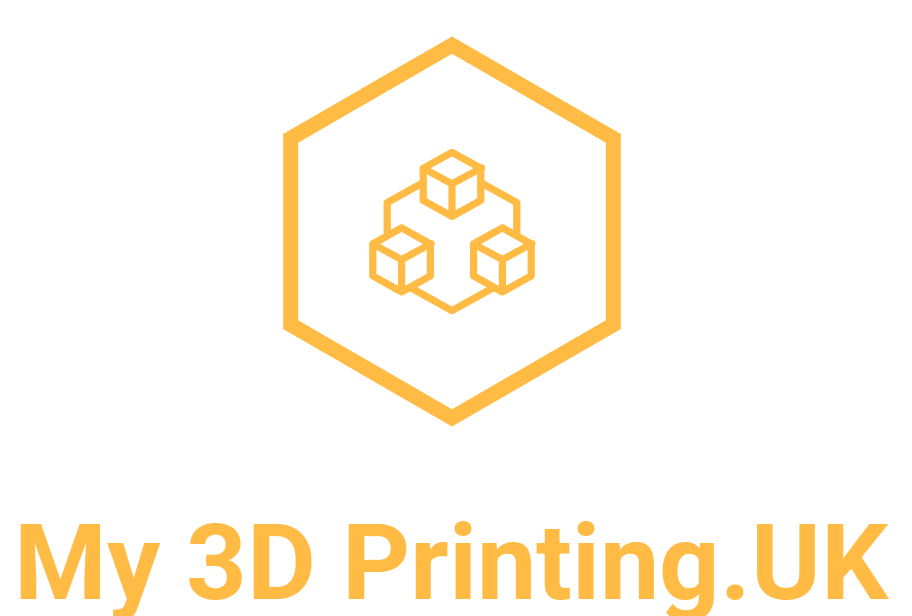Orca Slicer
Here is a video that walks you through how to use Orca Slicer. Orca slicer is an open-source slicer which means that it has newer features and updates more regularly. Moreover, These new features will generally improve the print quality. Such as, a change in where the seam goes so it is more discrete is a better look on the finished model. Generally, people that do 3D printing want better quality and faster print times and slices that are more developed with more features can often do this.
The benefits of Orca
You also have pre-set options for different materials such as TPU, ABS, PTG and, nylon to use. Selecting an appropriate material setting is very important. By doing this orca adjusts temperatures and other print settings according to your filament type. However, it is still good practice to check these prompted settings adhere to the guide on the side of the spool. For example, for PLA: 190- 220 if you stick in between that guide is a good rule of thumb TIP
Printers like the K1 Max will automatically calibrate your flow rate. Meaning, that you don’t have under or over-extrusion. Therefore, ensuring a good first layer. also, the K1 Max has spaghetti detection which is useful when printing overnight.
Similarly to Creality Print and Bambu Studio this is a new slicer, so there are plenty of reviews to be found online. As I do not own a Bambu, I am not writing from first-hand experience with this slicer. But, from third parties within the 3d printing community, whom use the software themselves.
By all accounts, Orca produces great print quality over some of the other slicers and has got a greater material selection to choose from. Due to, its very frequent updates – a benefit of the opensource nature. Meaning new materials can be incorporated into the slicer almost immediately.
